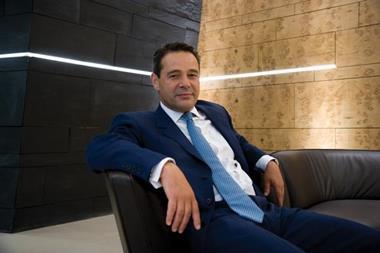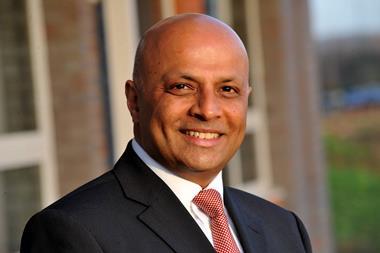With legislation coming in April 2020, DAC Beachcroft says fraudsters are looking more into bent metal claims
DAC Beachcroft is predicting an explosion of fraudulent claims for vehicle damage following a motor accident, as fraudsters shift their focus to new areas of non-personal injury fraud.
Helen Mason, DAC Beachcroft partner and head of credit hire fraud, has urged insurers to broaden their fraud strategies and action plans to cover this new type of fraud.

She said: “We anticipate that fraudulent accident damage claims are going to explode in size and frequency, as the reforms introduced by the Civil Liability Act start to bite and the personal injury element in a claim becomes less lucrative for fraudsters”.
However, she accepts that this technique is not new, as people have been exploiting it for a long time.
She said: “There have always been claimants who have deliberately damaged their vehicles further so as to inflate their claim, but now we’re seeing claims for longer repair times so requiring extended credit hire periods, invoices for more expensive repairs, wrongly calculated VAT charges and higher disbursement costs.
“All these additional layers of cost are pushing up the total loss claim and, more importantly, are creating potentially new avenues for the fraudster.”
What needs to be done?
What do insurers and brokers need to start doing now, in order to get ahead of the danger?
Mason said: “Insurers are going to need to work closely with their engineers and supply networks to identify accident damage fraud,and they will need to ensure they have teams trained to spot the warning signs.”
Increase in LiP burden
A sharp rise in the number of litigants-in-person (LiP) bringing claims was also predicted, particularly in casualty fraud.
According to DAC’s research, the lifecycle for casualty fraud claims brought by LiPs taking over 60% longer to conclude compared with other claims, and delegates were warned that legal costs were likely to be higher. This is because law firms would be expected to help the litigant-in-person to understand the procedural rules.
Catherine Burt, DAC Beachcroft’s head of counter fraud, predicted that, although technology and artificial intelligence will play a significant role in identifying fraud, the human element will continue to be key.
“Human element in fraud detection still crucial”
She said: “In our experience, the human element in fraud detection remains very important.
“It is crucial to verify information and check for false positives, and some large fraud rings have only been detected as a result of the gut instinct of one handler or analyst who spotted an anomaly and decided to investigate.”
She also encouraged insurers to keep fraud on the agenda and not to let the reforms be an excuse to downgrade fraud. “We need to keep defending claims, pursuing sanctions and publicising the results, if we are to deter the fraudster.”
Hosted by comedian and actor Tom Allen, 34 Gold, 23 Silver and 22 Bronze awards were handed out across an amazing 34 categories recognising brilliance and innovation right across the breadth of UK general insurance.





















































No comments yet